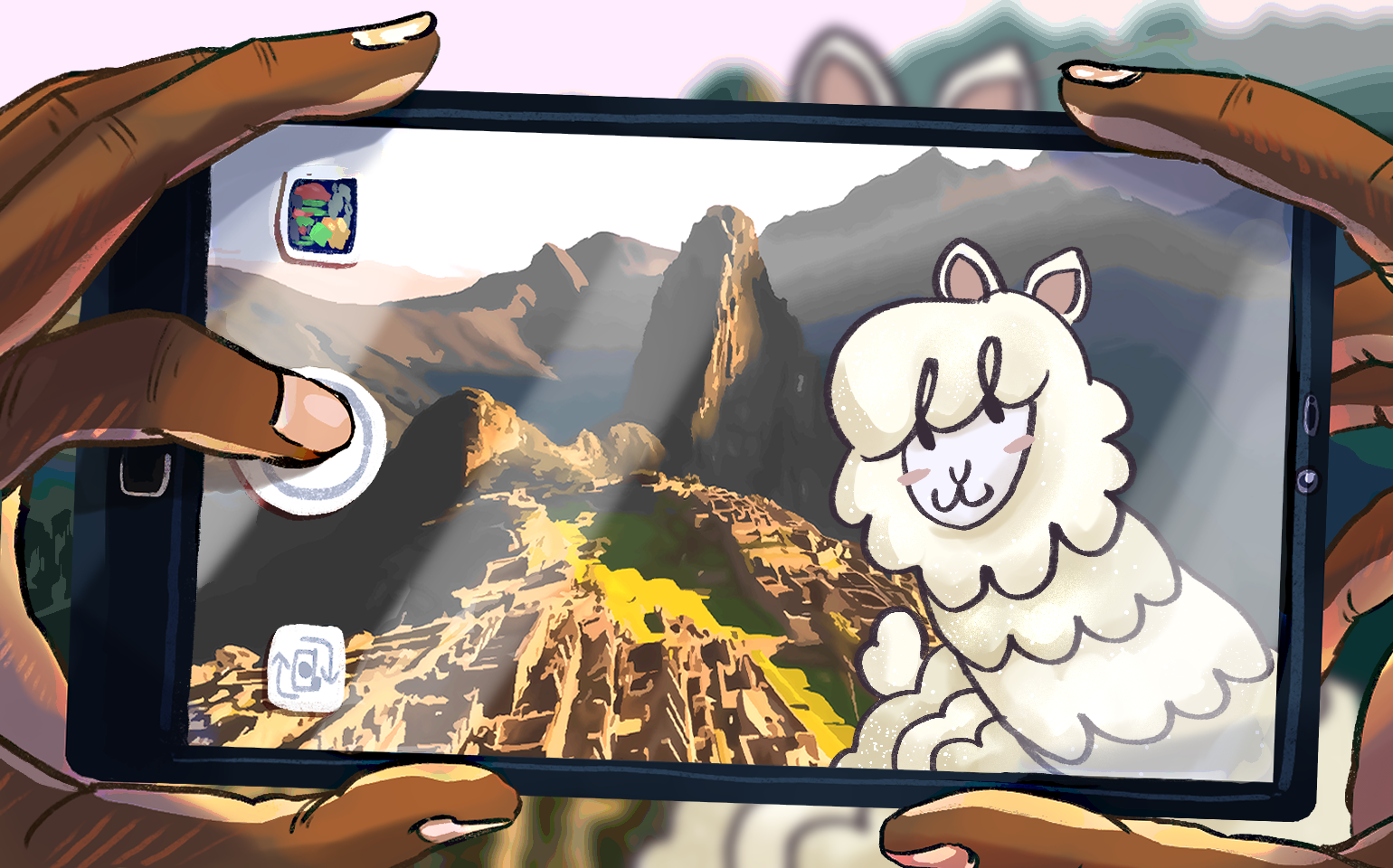Product of History: My Tribute to Spain
Can you stand in a place where a king’s throne once rested?
Perhaps you’ve experienced this as you drove halfway across the country on a road trip. It may have occurred to you while you pushed through crowds on a busy street to catch a subway. The realization might have even struck this morning as you had breakfast in your own house. No matter where you might have faced this unusual coincidence, everything you know today is in some way a product of the civilizations that came before you.
This past summer, my family ventured into uncharted territory to see this idea in action – back to a time rooted in some of humanity’s oldest origins. The wintry reality of my Canadian backyard transformed into the sun-drenched alleys of Spain. Sixteen days of travelling across a country housing centuries of Roman conquest, Islamic heritage, and royal scandal among rows of unsuspecting souvenir shops.
Landing in coastal Barcelona, we rode a taxi to our first hotel. A passionate concierge greeted us at the front desk. Upon our request for travel recommendations, he immediately began to map out a rich tale of his travels in Spain, brimming with giddy excitement. He marveled over the fiery flamenco dancers of Andalucía, the artistic bedrock of Catalonia, and the oceanic allure of the Basque Country.
“Spain is easily the world’s most passionate musical score,” he said. “It never stops composing.”
We hailed a taxi to our first world heritage site, the Sagrada Familia, a globally renowned yet unfinished Catholic church that began construction two centuries ago.
A miniature model stands in its shadow, highlighting what remains to be constructed. We circled around elaborate façades, lucid stained-glass windows, winding tower passageways, and even the original architect’s tomb – the product of thousands of hands and minds. It is a place that survived the tragedies of the Spanish Civil War, a devastating pandemic, and mobs of anarchists burning its original plans to ashes.
We poured out of the church into the labyrinthine Barrio Gótico, Barcelona’s medieval quarter, its winding streets snaking beneath the remnants of cursed bridges and Roman aqueducts. Despite cycles of restorations from the ground up, the district had only become livelier. Tapas bars up and down the street had set the radio to anywhere from theatrical opera to Julio Iglesias. The weathered stone statues of various preachers and conquerors, resting in their comfortable alcoves, stared down at the blur of passing cars. Crumbling, gargantuan fortresses loomed over the sea of civilians living just another ordinary day.
Over the next few days, we visited museums leading us down rows of medieval church frescoes and fragmented sculptures. We analyzed the globally debated painting of a 17th century royal court scene, Las Meninas. We scaled steep mountains to experience life amongst a civilization bordered by grapevines, bronze cannons, and artisan kiosks. We strolled across regal amphitheatres and leaned over tiled bridges named after ancient Christian kingdoms to feed the ducks floating on the canal.
On the seventh day we rented bikes and pedaled across an imposing bridge, emerging from the orange-scented city of old Seville into a different world. Once home to a woebegone yet outspoken community of outcasts, the Triana barrio stood in stark contrast to the bustling, tourist-crowded streets of its central counterpart. We rode past a group of watchful schoolchildren, standing at the base of a statue honouring a Spanish sailor. Their heads were raised in awe as their teacher recited the ancient legend behind it.
History is the work of a tangled mass of perspectives, handed down from civilization to civilization, blending into a truth that is distorted yet fantastical. Spain itself, a country seemingly minor in size, has endured a violent cycle of conquest and reconquest, triumph and tragedy, glory and defeat. We walked amidst ancient fortresses and monasteries, some still sandwiched amidst modern shops with bias, betrayal, ecstasy, and joy hidden beneath every stone.
For an ancient city to remain instilled in the souls of its people is a truly incredible feat. The quaint villas along the paseo have evaded centuries of disaster, from destructive fires to ruthless wars.
The ornate palace across the street has hosted 25 generations of royal families. The cobblestone path between them has been scraped smooth by billions of kings, peasants, merchants, and farmers.
On the last day, my family climbed to the top of a Granada watchtower and shared churros as we watched the moon take the place of the sun. Spain thrummed with its distinct yet ever-changing song, waiting for the next verse to build on its rich, timeless history.




